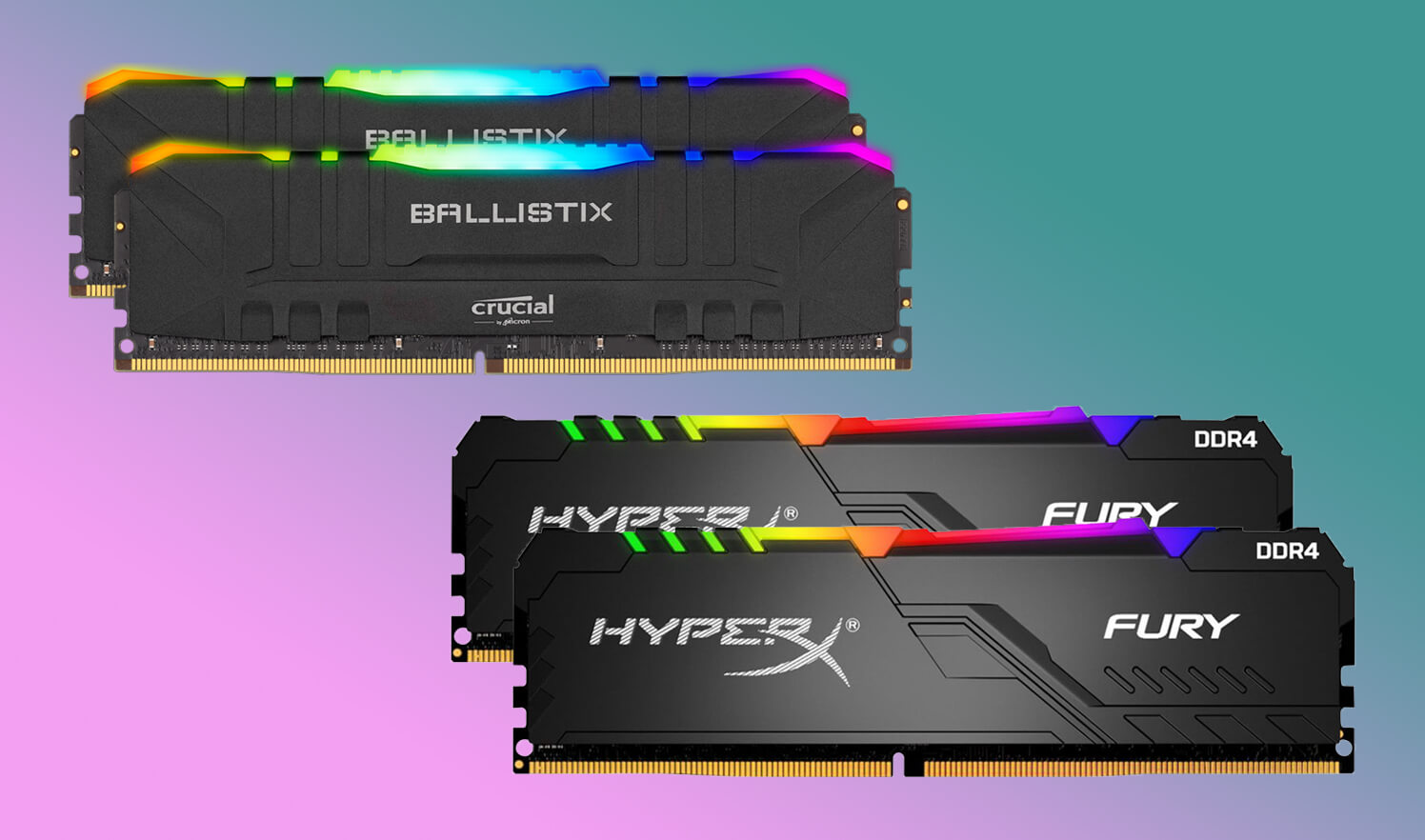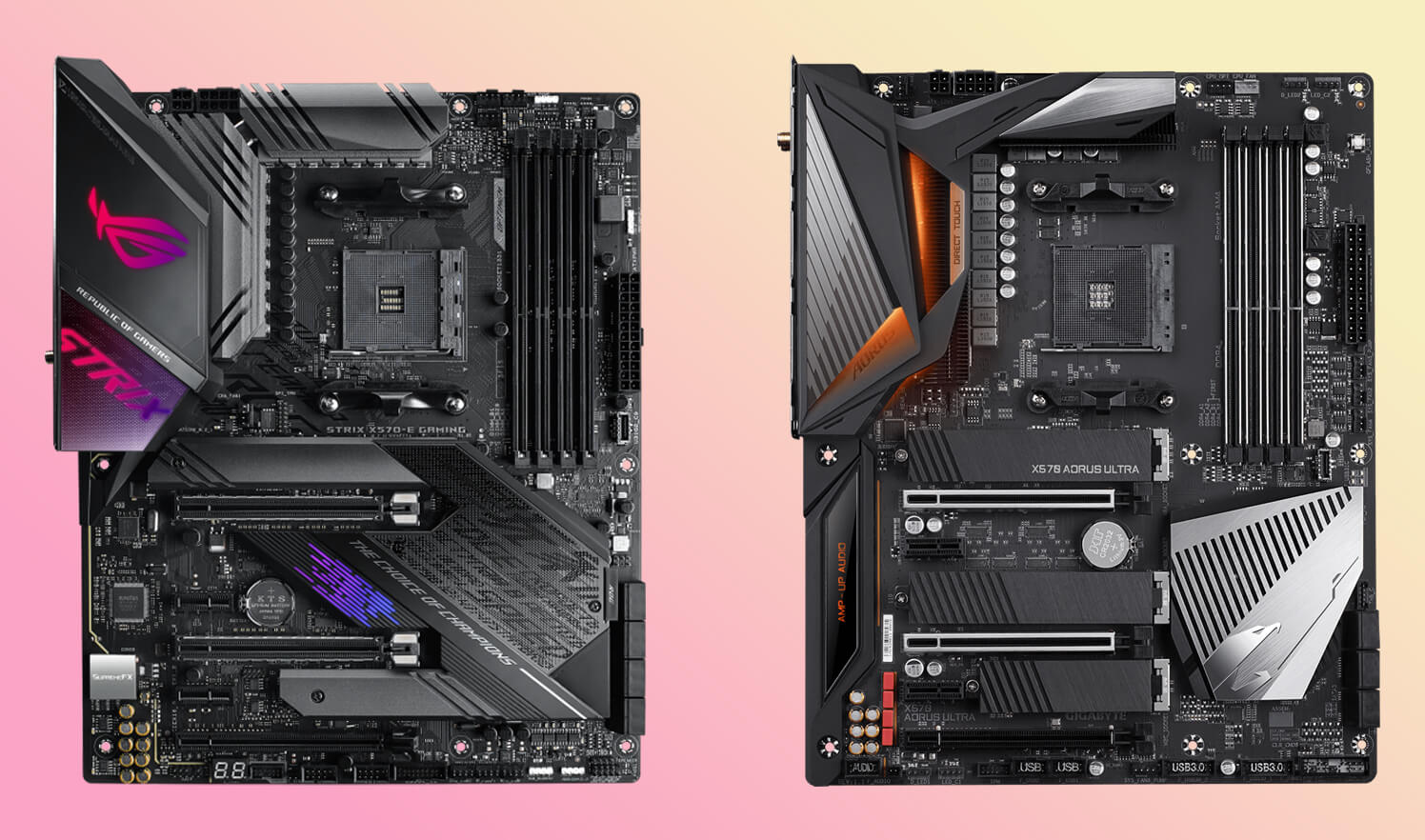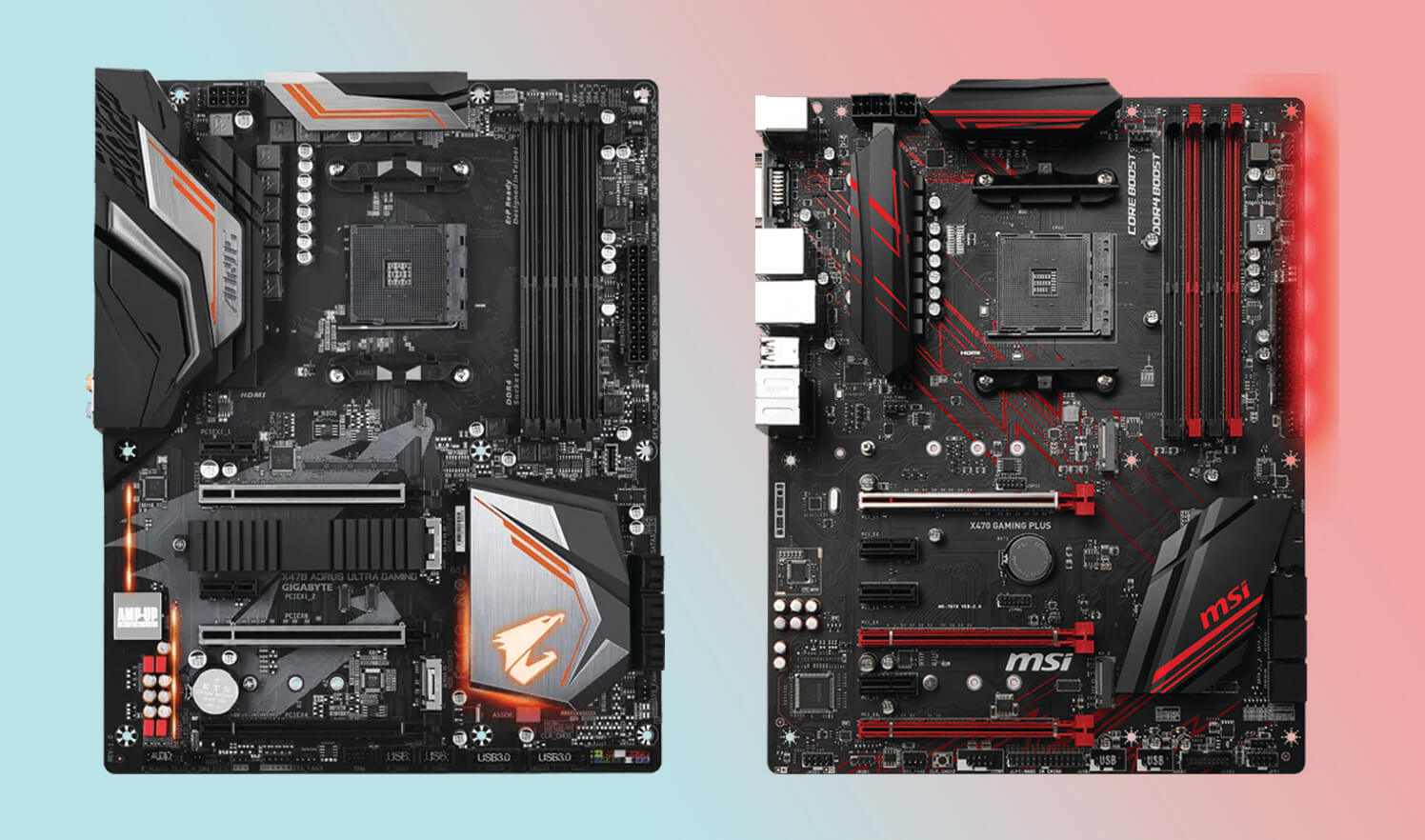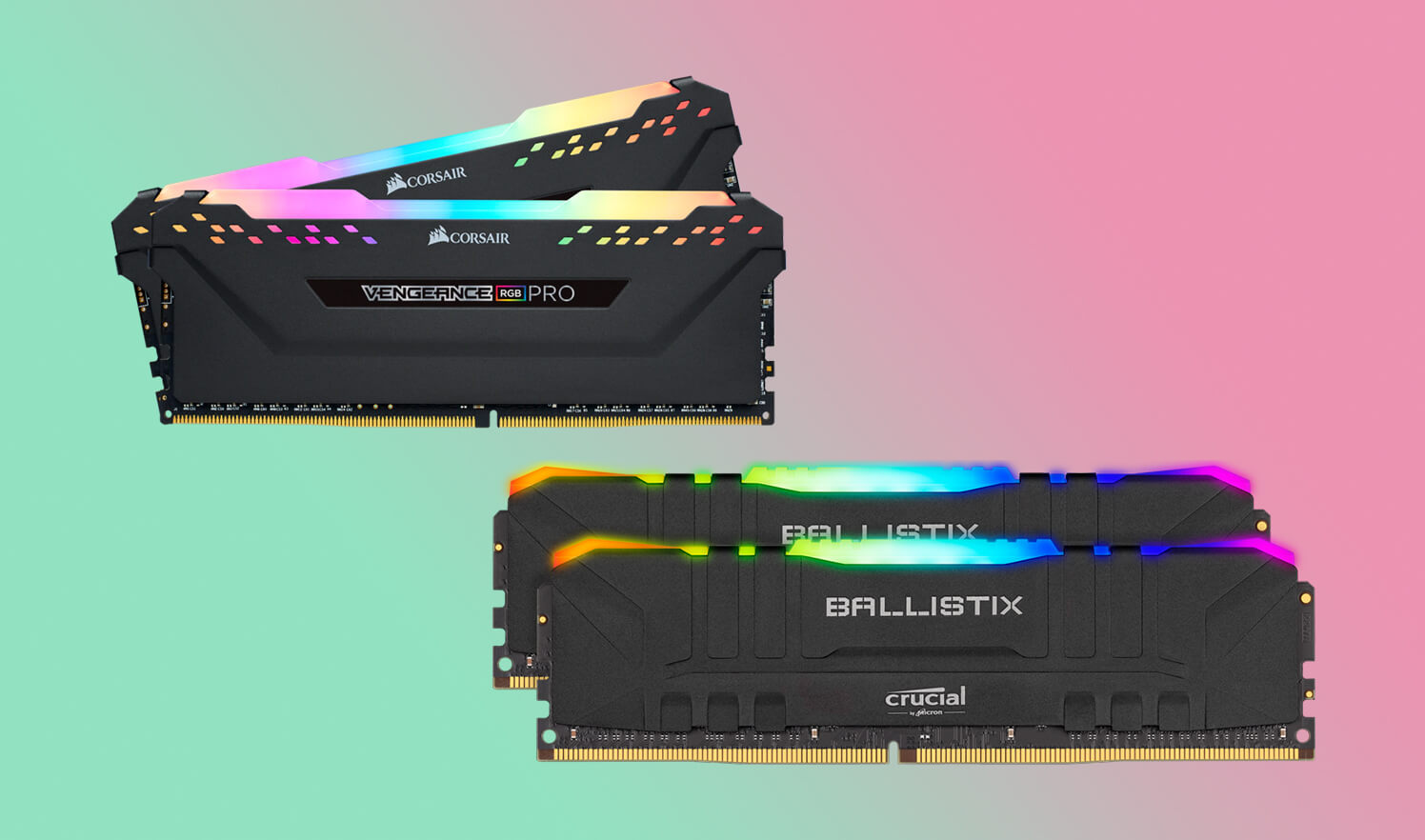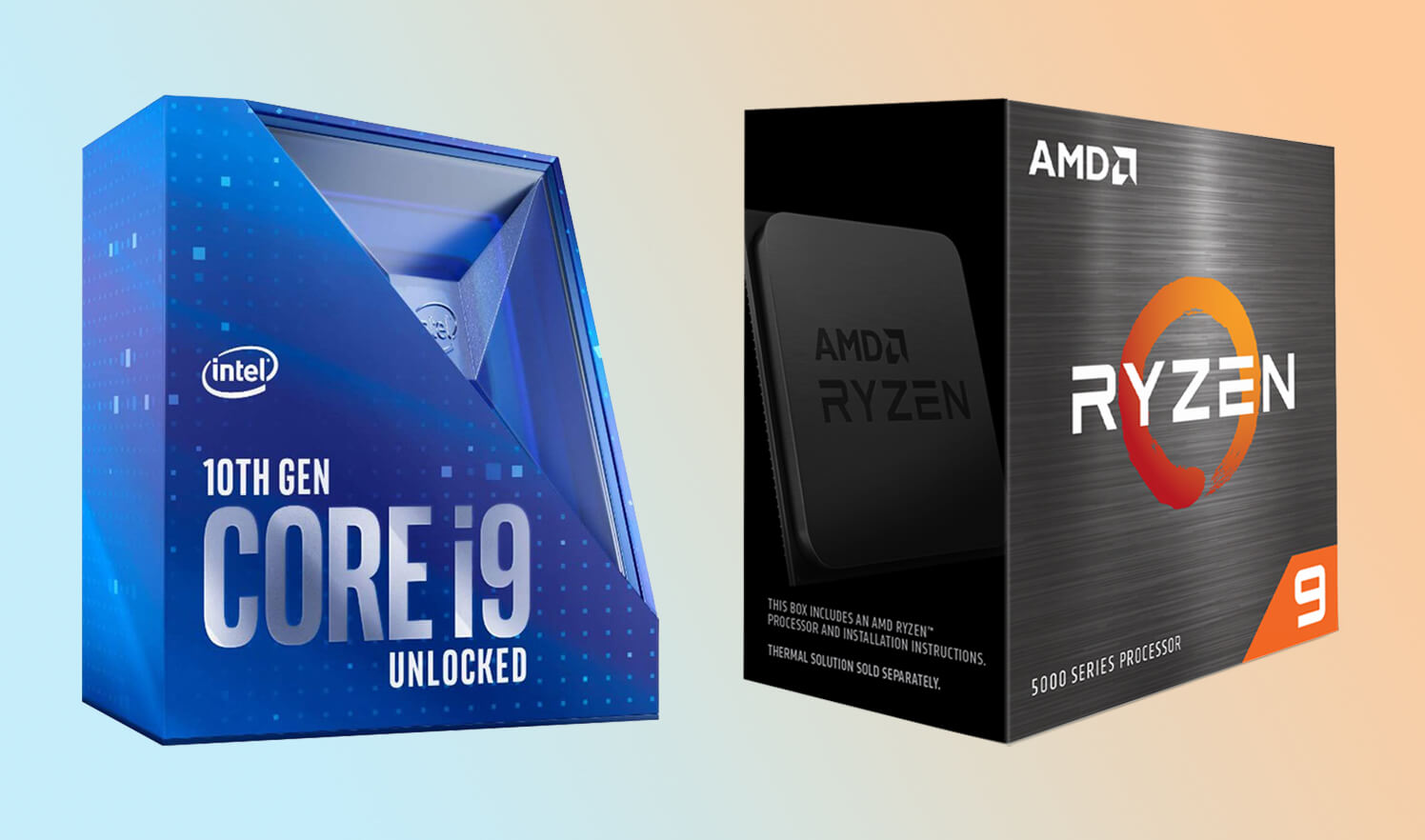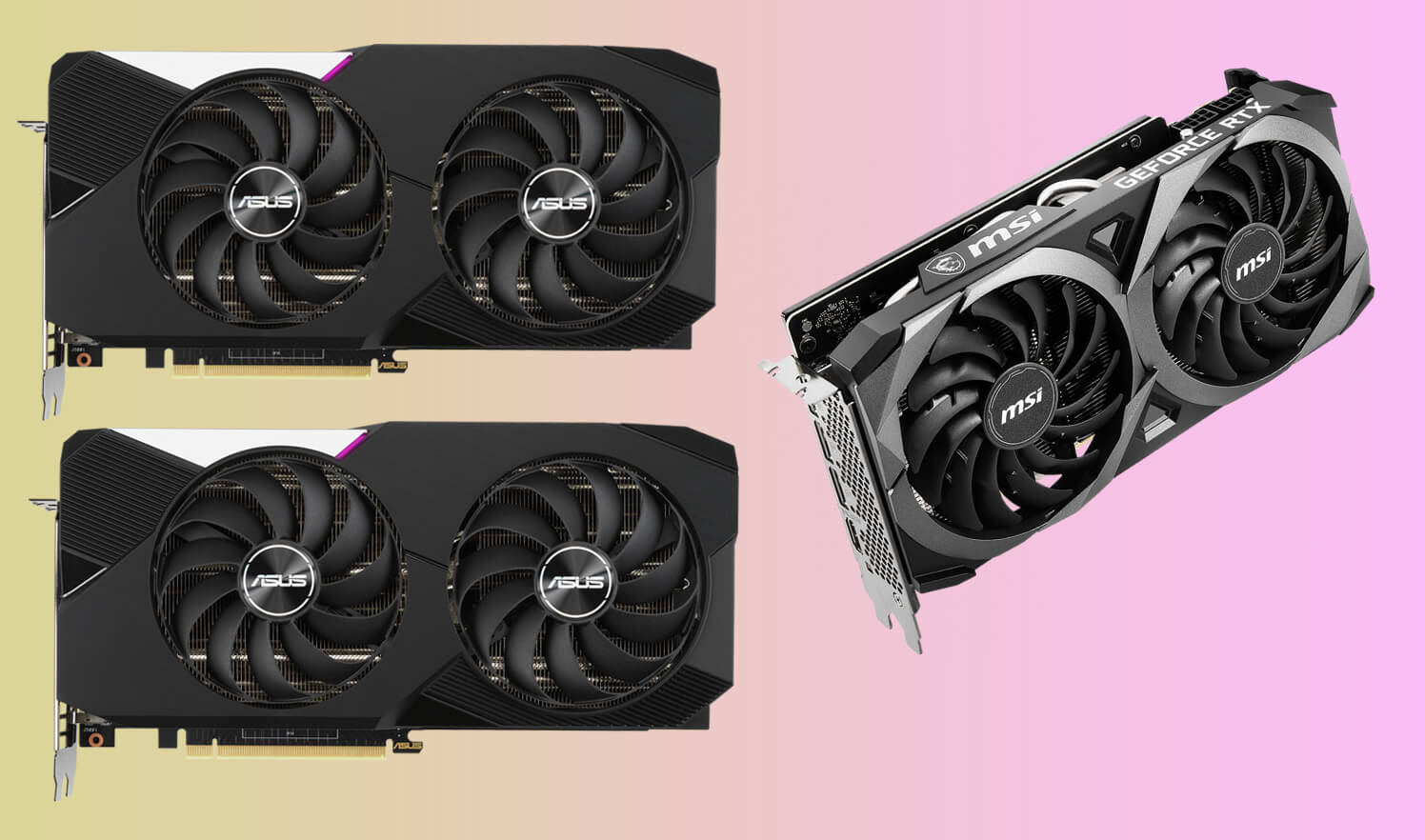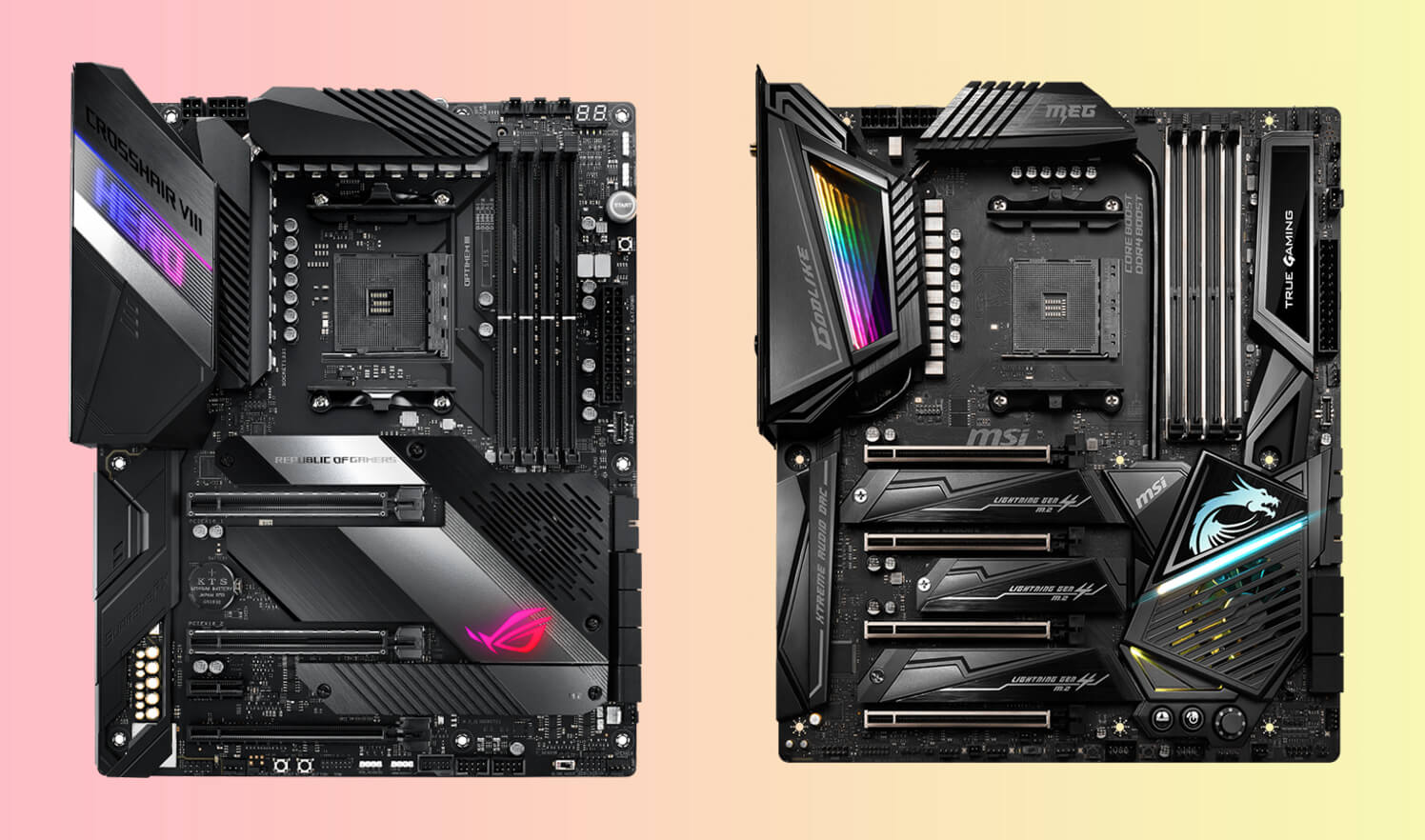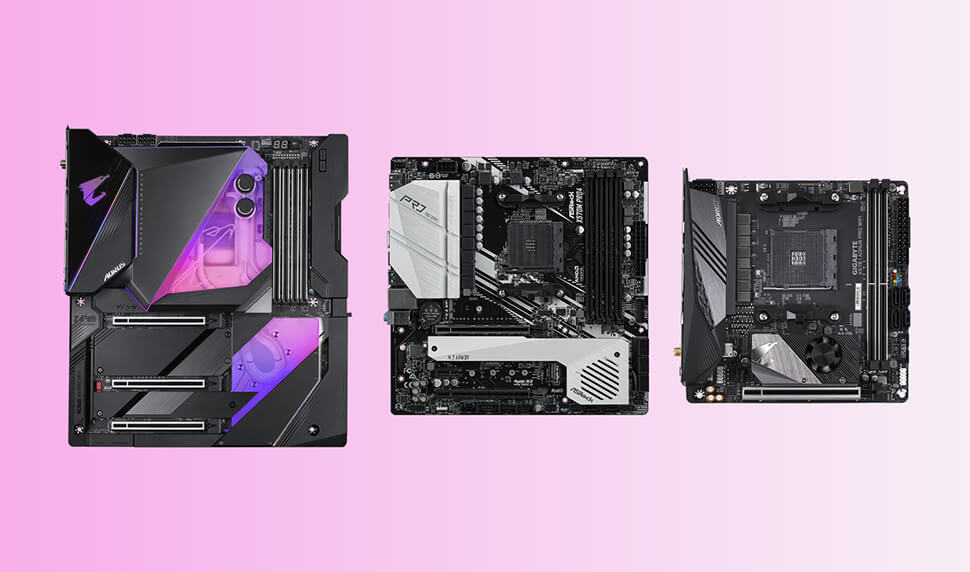A graphics card is what makes it possible for you to see images on your computer screen. Without a graphics card, what you’d be looking at would be just plain text (that’s what the monitor emits when there’s nothing else going on). There are computers that don’t have a graphics card, but a computer without one simply doesn’t make much sense as their everyday application is so reliant on visuals being projected as part of what they do.
The main component of what a graphics card is is the GPU itself or “graphics processing unit.” This is a specialized electronic circuit designed to process graphical information and output what’s needed to your screen in real-time. Most GPUs also include their own dedicated memory this isn’t something that all standard computer chips have at least not where lots of visual information like what’s used for games are concerned.
Another part of what makes up a graphics card are its connectors these serve two functions: first, they provide power and data delivery between the graphics card and other parts of a computer (and sometimes add-on components plugged into it); and second, they send what’s being displayed on the graphics card to what you’re looking at (the display).
The last piece of what makes up a graphics card is what could be called its “physical shell,” that circuit board you see. It’s what makes it possible for everything else to fit together neatly in one place. The information stored on the board itself is what enables a graphics card is to function with regard to displaying images and data on your monitor or another screen.
That’s what makes up what a graphics card is as far as its primary components go. Of course, there are other elements that come into play in addition to this like what goes into powering and the whole thing so it doesn’t get fried. And what you’ve got what a graphics card is in your machine will affect what it’s capable of doing what you can do or play with it, what games and other applications are available to use with it, etc.
Components of a graphics card
GPU:
A graphics card’s GPU is its most important component. This is the part of what makes up a graphics card that does all its major work in processing and displaying visual information on your screen. GPUs are designed to have specific tasks like rendering images or giving you visuals for games, etc. in mind so they don’t waste their resources or slow down one thing if it isn’t needed by what they’re doing at any given time like for example, powering up the fan as well as everything else when the machine is only doing something textual rather than graphical.
Firewire ports:
Graphics cards might not include firewire ports themselves but some may have them which attach via cables to other parts of your computer (e.g., motherboard). Firewire is a data transfer protocol developed by Apple in the early 90s and it used to be their proprietary standard. It’s designed to handle devices like external hard drives which are becoming more and more common as prices go down. You can sometimes get adapters that’ll let you use firewire where there isn’t enough on your computer already or where your motherboard doesn’t have the capability of supporting them (e.g., Mac).
Dual video card setups:
Systems with two graphics cards won’t necessarily double performance but they will negate the kinds of problems associated with multi-monitor setups even if one card is faster than the other. This is because each individual graphics card has its own primary display monitor assigned to it so that it only works for what it needs to which means that things like stuttering or slow-downs won’t happen and there’s no performance impact because of it.
Dual graphics cards are also common with laptops where they’re called “switchable graphics” and are usually advertised as a selling point over regular laptop GPUs. The reason for this is that it allows the user to switch between two different kinds of GPUs, one for power saving and low-quality visuals better suited to everyday tasks like web browsing and then another more powerful one which will allow you to play games or do other more graphically demanding stuff.
The main problem with dual video card setups has nothing to do with the video cards themselves but rather what kind of chip your computer uses (e.g., Intel HD Graphics vs Iris Pro vs Iris Pro HD) which is responsible for what gets shown on screen and handled by the GPU(s). Some computers won’t even let you switch between GPUs or switch between different chips unless they use more than one.
How does a graphics card work?
For graphics cards, the difference between integrated and discrete is that you can plug a dedicated one into any computer while an integrated one is already built-in. Obviously, this means that discrete ones will always be more powerful than integrated but there are other differences too which we’ll talk about now.
Types of a graphics card:
Integrated GPU: An integrated GPU is a separate graphics processing unit (GPU) that’s built into the computer’s motherboard which means it isn’t removable or upgradable. It is tied directly to your chipset and usually has its own memory as well so it doesn’t have to share with your regular system RAM. Integrated GPUs use shared memory (e.g., DDR3) for their video memory though some might happen to use dedicated video memory instead while others will mix and match between the two depending on what their specific needs are at any given time.
Discrete GPU: A discrete graphics card is NOT integrated, meaning it IS removable and upgradable through things like PCI-E slots (though there are other methods of connection as well). That’s the main difference between these two kinds of GPUs but there are a few other things that separate them. A discrete graphics card is usually more powerful than an integrated one, runs faster as well, and doesn’t need to share its memory with anything else so it’s more efficient in those regards too.
Onboard GPU: An onboard or “on-board” GPU is another type of integrated graphics card like the ones already mentioned. Most PCs have at least two onboard GPUs, one for your primary monitor and another for your motherboard display(s). They’re both tied directly to the chipset and use shared memory rather than dedicated video memory which again means they’ll share their resources with regular system RAM from time to time. Only some chipsets will allow you to switch between them so it depends on what your motherboard is like.
Discrete + onboard GPU: A discrete + onboard graphics card setup is also known as hybrid graphics and is basically when you have both a dedicated (discrete) and integrated (onboard) GPU working together in tandem. It’s usually built into the computer’s chipset where the two GPUs communicate with each other to handle all of their high-performance tasks which they can’t do themselves. The main benefit of this kind of setup is that you’ll get the best performance possible even if one of the cards isn’t as powerful as the other while still having good battery life because your regular system RAM won’t be used for anything but running your programs.
General info on video cards
Driver support:
The driver is what enables your graphics card to talk to the rest of your system. It’s a set of programs that tells all the components in your computer how to work together, how fast or slow they should be going, etc.
Drivers are really important when it comes to making sure that your graphics card works properly with everything else because if there’s a problem with something like compatibility issues, outdated driver versions, faulty drivers themselves (usually due to malware or buggy stuff from other programs or drivers), etc. then you can expect all kinds of problems and data loss to occur which could include slow-downs, video card failure, blue screens which bring your PC to a halt (aka BSOD), etc.
Installation:
The installation process for graphics cards is usually pretty straightforward but the main thing that’ll determine how easy it is will be the kind of slot on your computer that it takes up, e.g., PCI-E vs PCI vs AGP. If you have multiple slots (e.g., 2 PCI-E instead of 1) then you might need a Molex connector from an external power supply for any extra slots used if they’re not able to run off the power provided by your motherboard itself or another graphics card.
The PCI and AGP standards aren’t very common anymore but if you have one or more in your computer then they’re usually able to provide more power than the newer PCI-E standard which is really only used by high-end gaming computers nowadays. The most common slot type is PCI-E so if anyone tells you that your graphics card doesn’t fit into their slot then it’s probably not going to work unless you get an adapter for it (e.g., from an older port to a new one).
Conclusion
A graphics card, also known as a video card or GPU (graphics processing unit), is an electronic circuit that handles the drawing of images on your computer screen. It accelerates the creation of images in order to make them appear smoother and more realistic.
The most powerful graphics cards are able to process millions of polygons per second while still maintaining high frame rates for videos and games at resolutions up to 4K UHD. What Graphics Card Should I Get? You should buy what type of graphics card you need based on how you’ll be using it.
If you want something for work purposes but don’t know which one will suit your needs best, we can help! Our team has helped thousands find just the right graphics card for their needs.
If you found this article helpful, please share it on social media! We’re trying to get everyone in the world a GPU upgrade so they can play all the new games coming out – with your help we can do it!
Frequently Asked Questions
What is a graphics card used for?
Any application that renders graphics can make use of a GPU to increase rendering speed. Many applications are now cross-platform, where they run on both the CPU and the GPU simultaneously (e.g., CUDA programs). For example, Adobe Photoshop uses a technology named Mercury Graphics Engine which makes use of GPUs for image rendering.
Is a graphics card necessary?
It is not necessary to have a GPU in order to use your computer. The integrated graphics card of a modern processor (CPU) has evolved into an efficient, low-power device compared to its early days where it consumed up to 100 watts of power (W). In addition, CPUs and GPUs are manufactured on the same process by both AMD and Intel along with memory manufacturers such as Samsung and SK Hynix.
GPUs are especially useful for accelerating computationally demanding applications that benefit from hardware acceleration or physics simulation which is primarily used in gaming and entertainment applications.
What is the difference between a GPU and a graphics card?
A GPU is a graphics card. Both of these terms are often abbreviated to GPU when the meaning is clear in context. Sometimes, however, they can both be used interchangeably (e.g., when discussing integrated vs. dedicated GPUs).
How does a graphics card work?
In order to understand how a graphics card works, it’s important that you have basic knowledge of static electricity and information theory. A static charge can damage sensitive computer parts such as integrated circuits (ICs) or any part with microcircuitry found on computer circuit boards including capacitors, resistors, and inductors which store energy for future use. Energy stored within a capacitor remains even after the power supply has been turned off due to supercapacitors which can be charged and discharged very quickly.
What are the common terms associated with graphics cards?
GPU stands for graphics processing unit while a PC refers to a personal computer. In addition, an onboard GPU and dedicated GPU refer to the same thing:
the graphics card found in some laptops (that’s where you will commonly see the abbreviation “iGPU”) or motherboards (MBs). Finally, DVI is a digital video interface that was once widely used but has largely been replaced by DisplayPort and HDMI.
What are the most important things when choosing a graphics card?
We recommend focusing on three important qualities: performance, compatibility, and price.
GPU performance is measured in-stream processors (SPs) which are executed per second. The amount of SPs determines the number of operations a GPU can perform each second. In addition, higher clock speeds and more memory bandwidth allow for faster rendering of images and videos by GPUs.
Finally, compatibility makes it possible for your motherboard to support your chosen graphics card. There are several standards to consider when deciding which one to use: PCI Express 3.0 vs. PCI Express 2.0 and HDMI 1.4 vs. HDMI 2.0 or DisplayPort 1.2 (we recommend that you go with DisplayPort 1.2). You need an appropriate motherboard in order to ensure that your PC be able to handle this hardware.
And lastly, don’t forget to consider the price. GPU prices may vary greatly depending on performance, manufacturer, and release date but it’s best to strike a balance between paying as little money as possible while still getting a powerful card.

